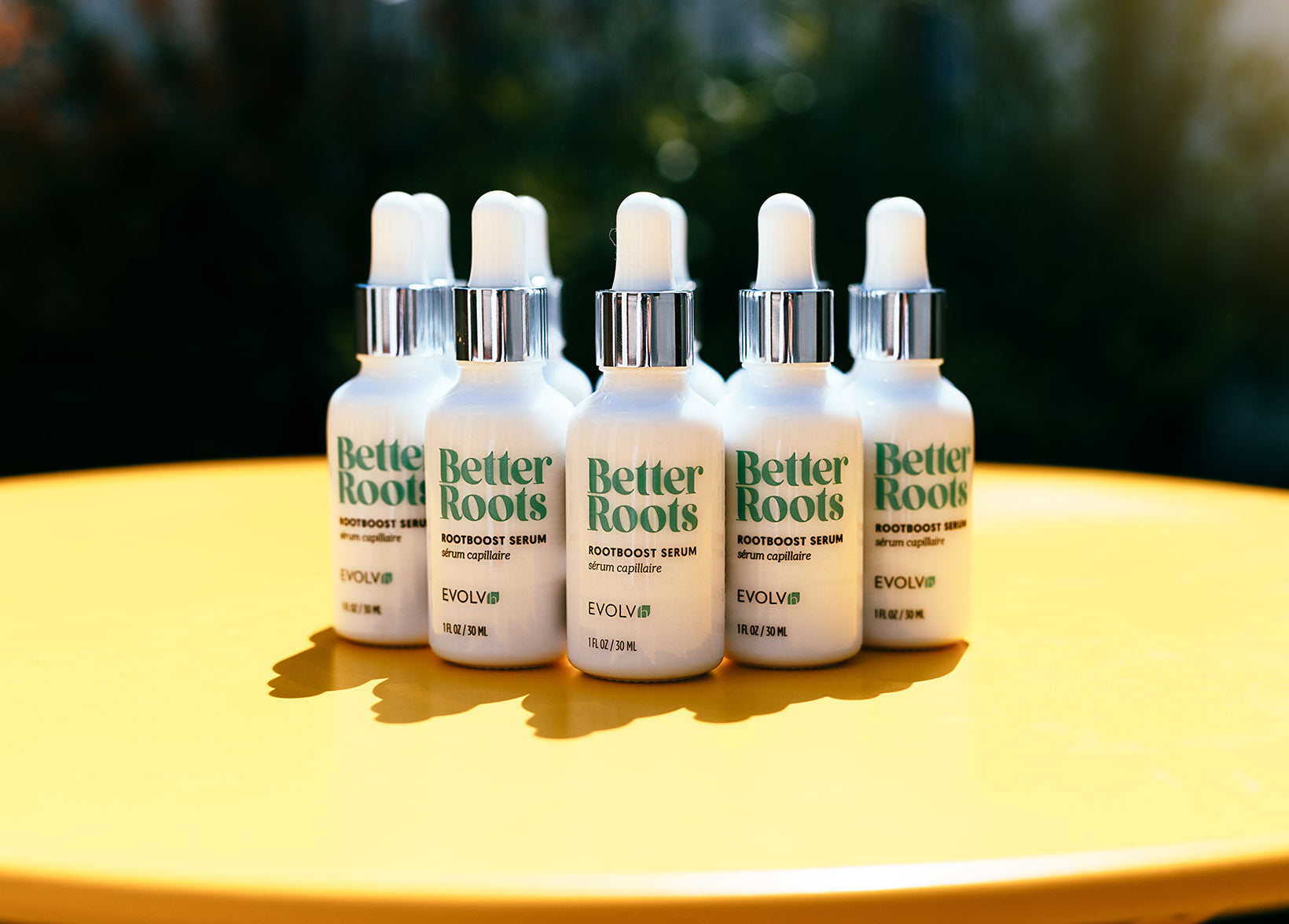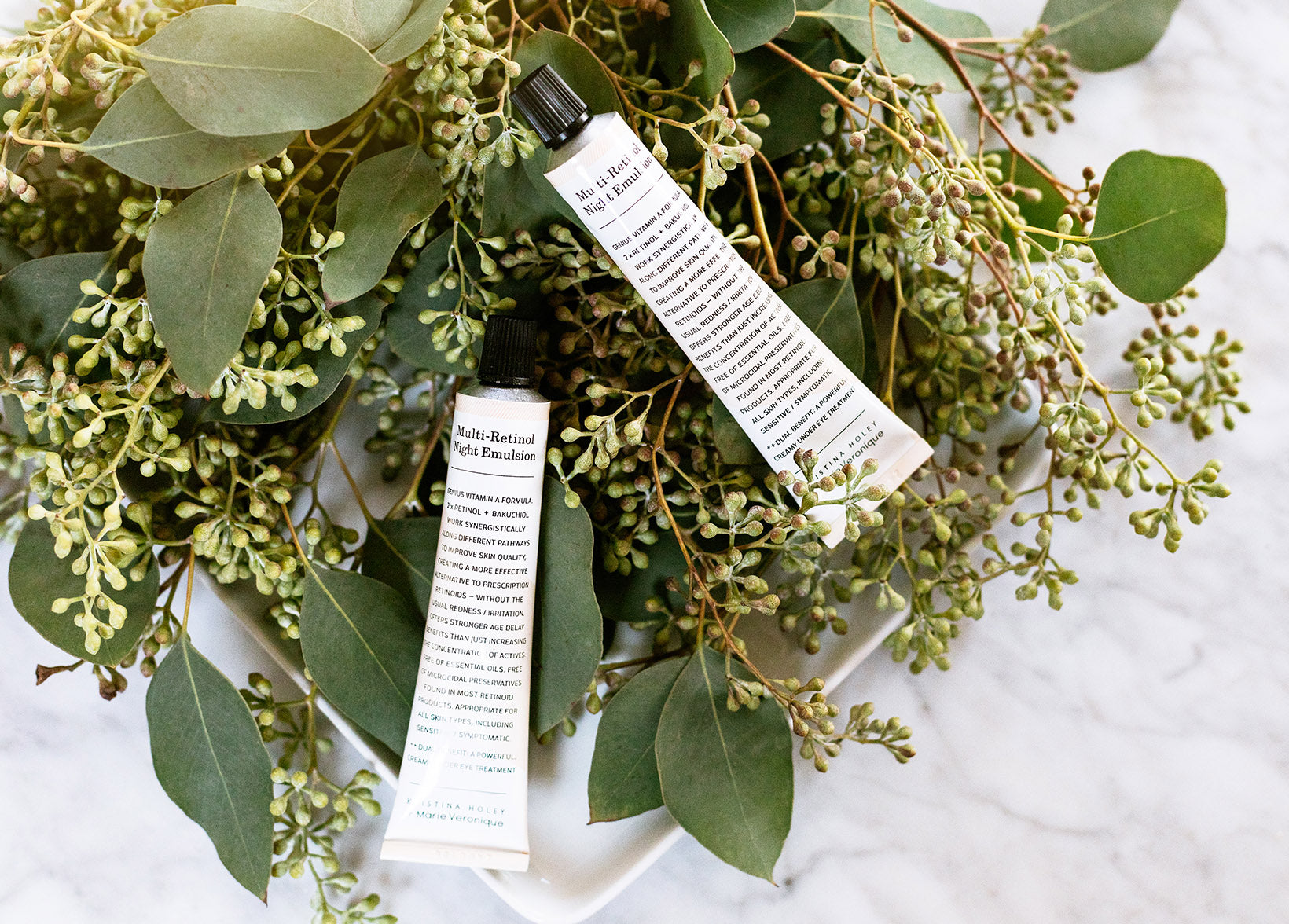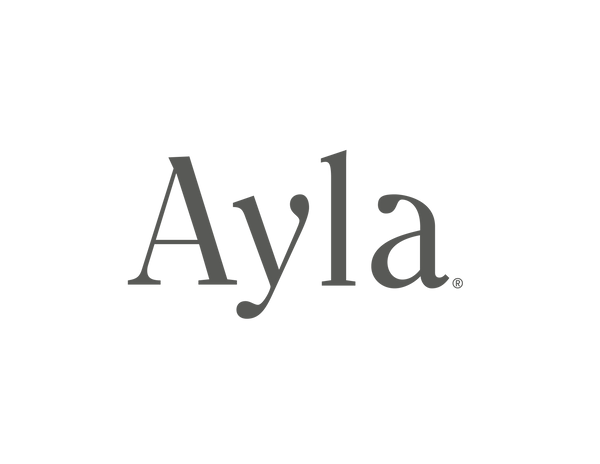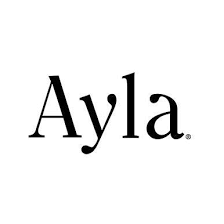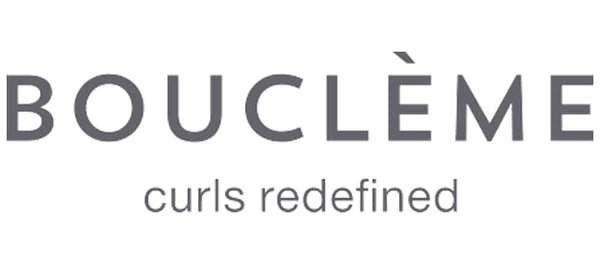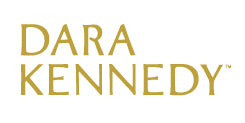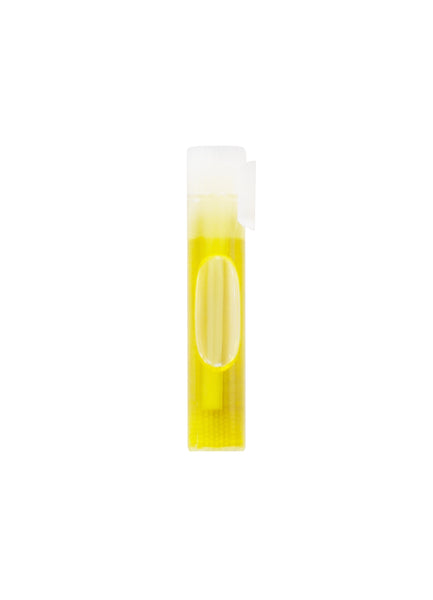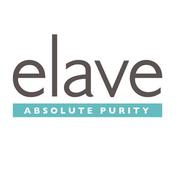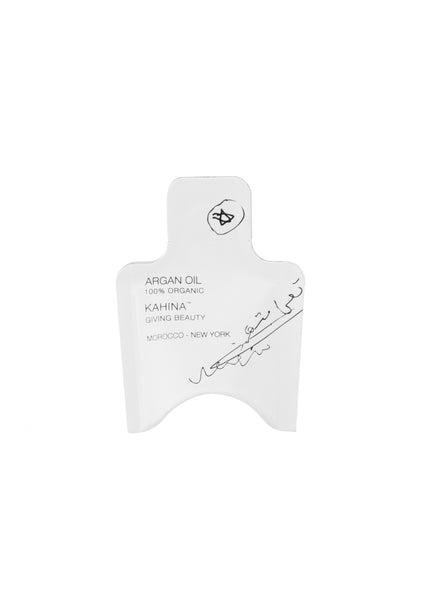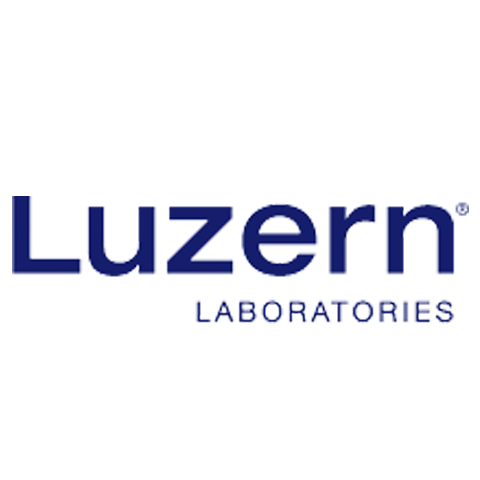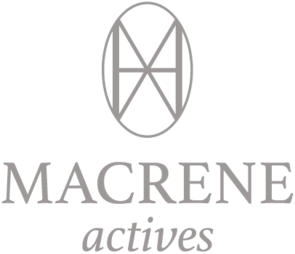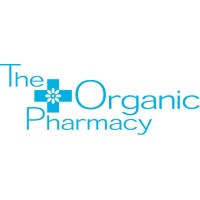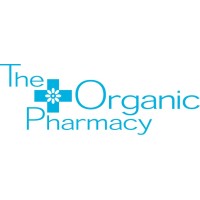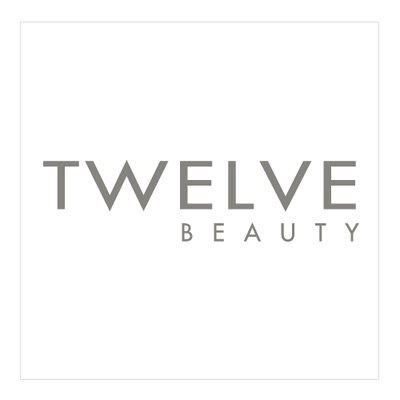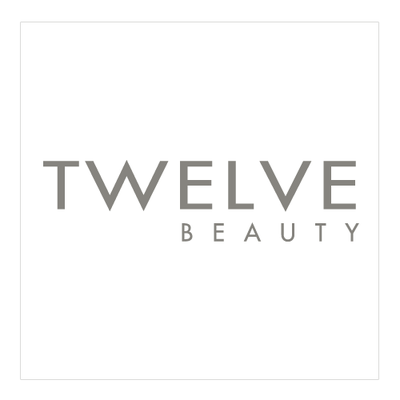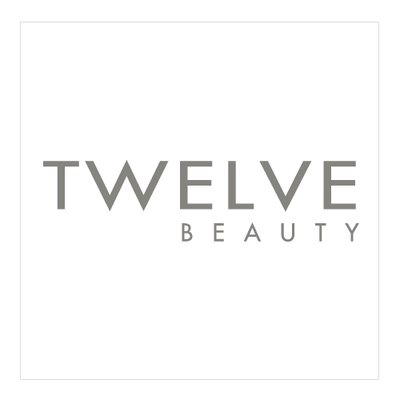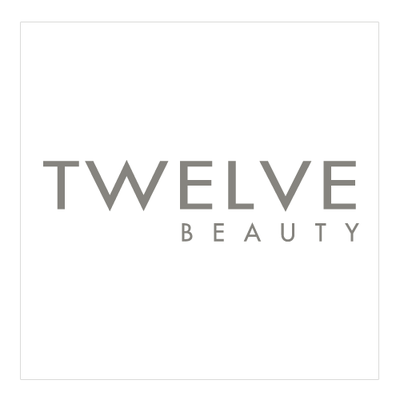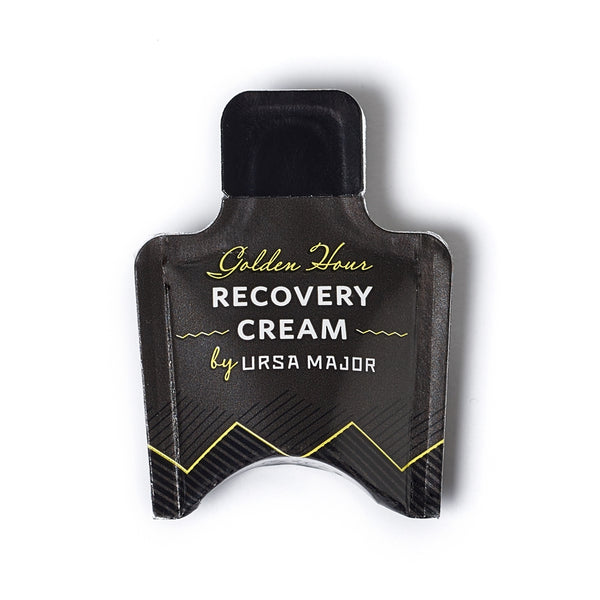Recent Articles

Dara Kennedy worked in beauty product development and marketing for more than 10 years before starting Ayla. She is a graduate of Princeton University and holds an MBA from Harvard. A longtime yoga practitioner and mother of 2, she's been a supporter of healthy beauty products for years.
Oftentimes, we’ll be careful about what we eat—seeking out natural and organic products and avoiding those with lots of preservatives or artificial ingredients—and assume that the products we put on our skin are safe. But a significant amount of what you put on your skin can be absorbed into your bloodstream, and some ingredients can have an unpredictable or negative impact on your health. So at Ayla, we avoid most controversial ingredients because we either know they’re bad for you or suspect they might be.
We don’t think you have to go all organic, all the time, but an enormous amount of evidence supports switching to a cleaner beauty regimen in general. So we carry a variety of brands from which we’ve picked star products that really perform—many of them are specifically labeled or marketed as "natural" or organic, some are not—and we make sure that the specific products we carry don’t contain ingredients that are clearly questionable. Because you don’t need them, they could harm you, and they could certainly age you faster because, in many cases, they’re likely to trigger an adverse reaction and inflammation as a result.
Whether you call it clean, nontoxic, green, or — our favorite — healthy, this part of the beauty world has been our sandbox since the day we launched in 2011. And it’s an endlessly fascinating one to us because it’s in a state of constant change. It has to be: we’re always learning new things about the safety and efficacy of different ingredients and production methods.
That’s one of the reasons why we don’t put a list of “never” ingredients front and center. Our complete list would include lengthy explanations and notes on exceptions, it would have to take into consideration how the product is being made and by whom, and little tiny things that we obsess over would make us tweak it all the time. In short, just reading it might drive you berserk. And we’d like to avoid that.
The other reason is that we have never relished the idea of scaring anyone into buying a product. It’s not that we’re not crazy about ingredient quality and purity; on the contrary, our approach is probably more rigorous than most, and we’ve been committed to it for eight years. But we believe in focusing first on what makes the efficacious products that we hand-pick for our shelves so extraordinary — focusing on what’s in them and what they’ll do for you, rather than on what’s not in them and what they won’t do for you. It just seems simpler and more interesting and makes the world seem a little rosier, which we think is always a good thing.
But since many of you are curious about what we avoid, here is our basic list. You won’t find the following controversial ingredients in the products we carry:
Formaldehyde & formaldehyde-releasing preservatives
Parabens
Phthalates
Nano-sized zinc & titanium dioxide
Hydroquinone
Triclosan
Lead & mercury
DMDM hydantoin
Methylisothiazolinone and Methylchloroisothiazolinone
Sulfates (especially SLS, SLES)
BHA, BHT
Talc
Chemical sunscreens: we make one exception here, detailed below.
Coal tar dyes
Propylene glycol
Many/most animal-derived products
Perfluorinated compounds
We also go through all the ingredients on each product’s listing and make the following assessment: Does this product contain anything else that the most ardent critics would find questionable? And if so, is it a major problem in the grand scheme of things?
If we decide that a product with one of these ingredients should go on our site, we ensure that a) there’s a clear reason why our customers need this product, and b) we have enough information to assure customers that the product is safe for them to use.
For example, our single exception to our no-chemical-sunscreens rule is MD SolarSciences’ Quick Dry Body Spray, which contains Avobenzone, Octisalate, and Octocrylene. We made this choice because we have so many customers who insist on using a spray sunscreen, and if they're going to use a spray, we'd rather have them use a healthy one. These are the safest chemical sunscreens out there (the main ones to avoid are Octinoxate, Oxybenzone, and PABA).
We firmly believe in and are committed to non-toxic beauty; we also believe in maintaining a well-informed sense of context and finding as-safe-as-possible solutions that are truly effective. Because, to us, it's so important that beauty products deliver results: a natural product graveyard is still a product graveyard. There's no need to choose between healthy products and products that work — you really can have it all.
Any topic discussed in this article is not intended as medical advice. If you have a medical concern, please check with your doctor.

